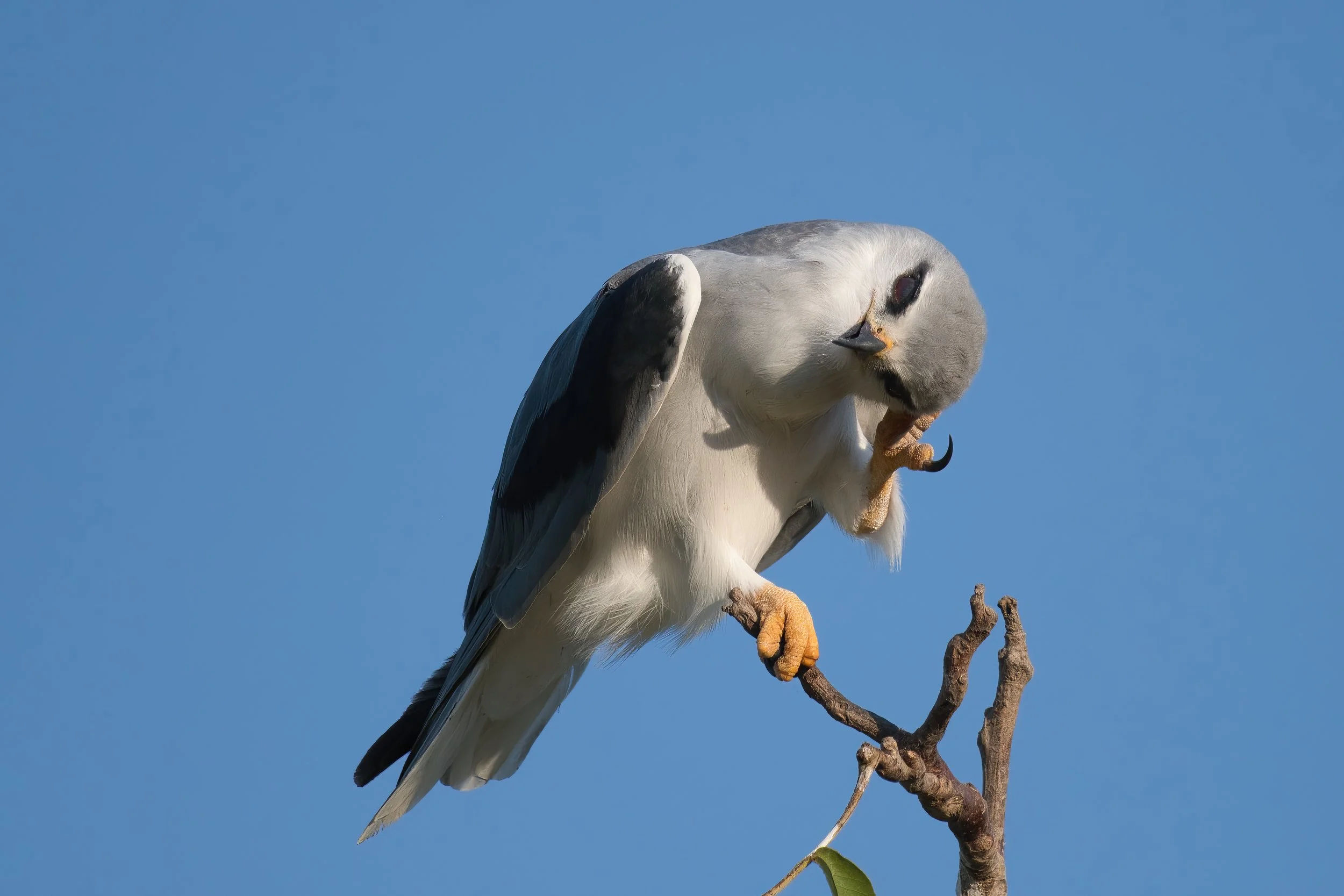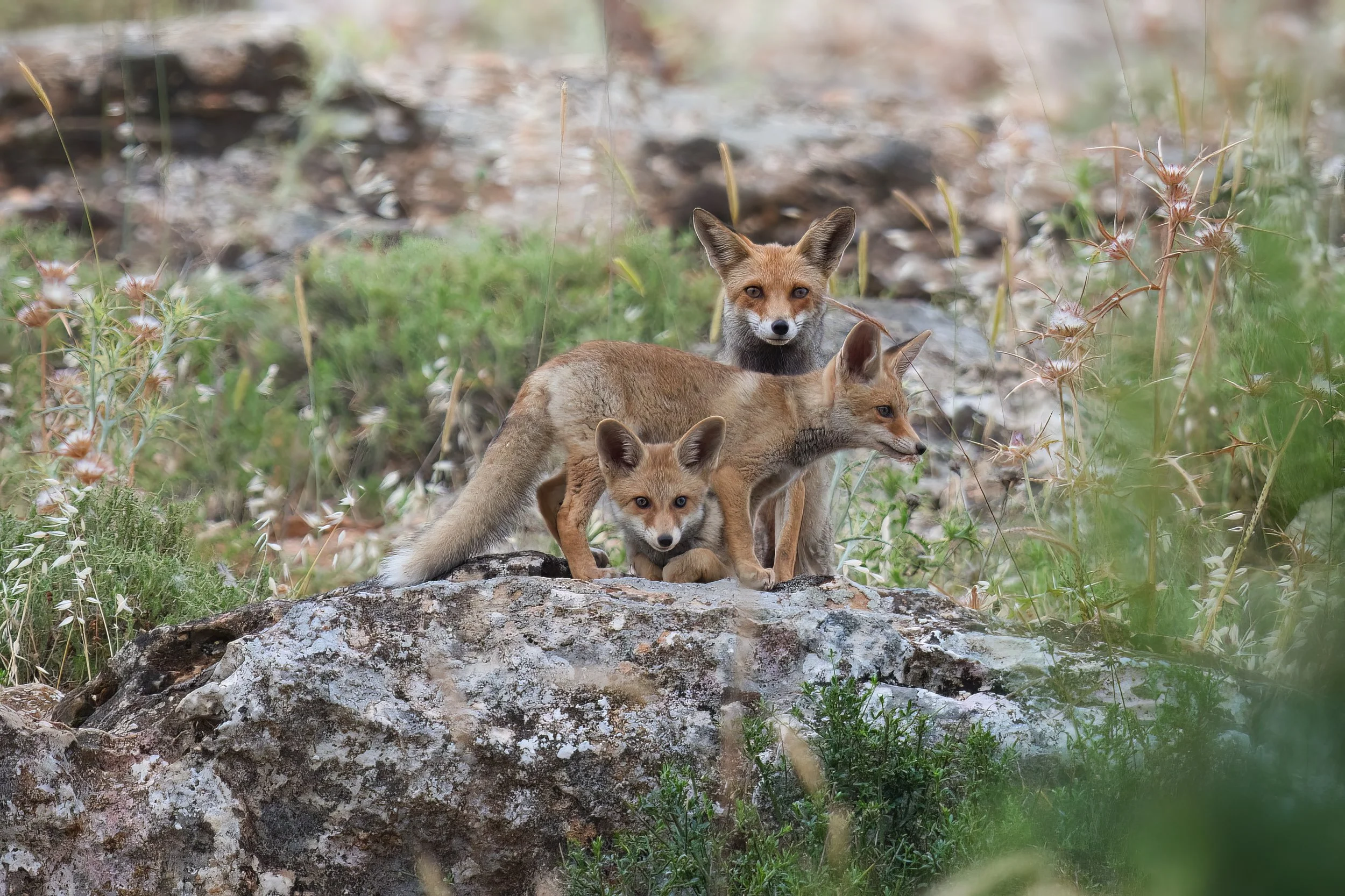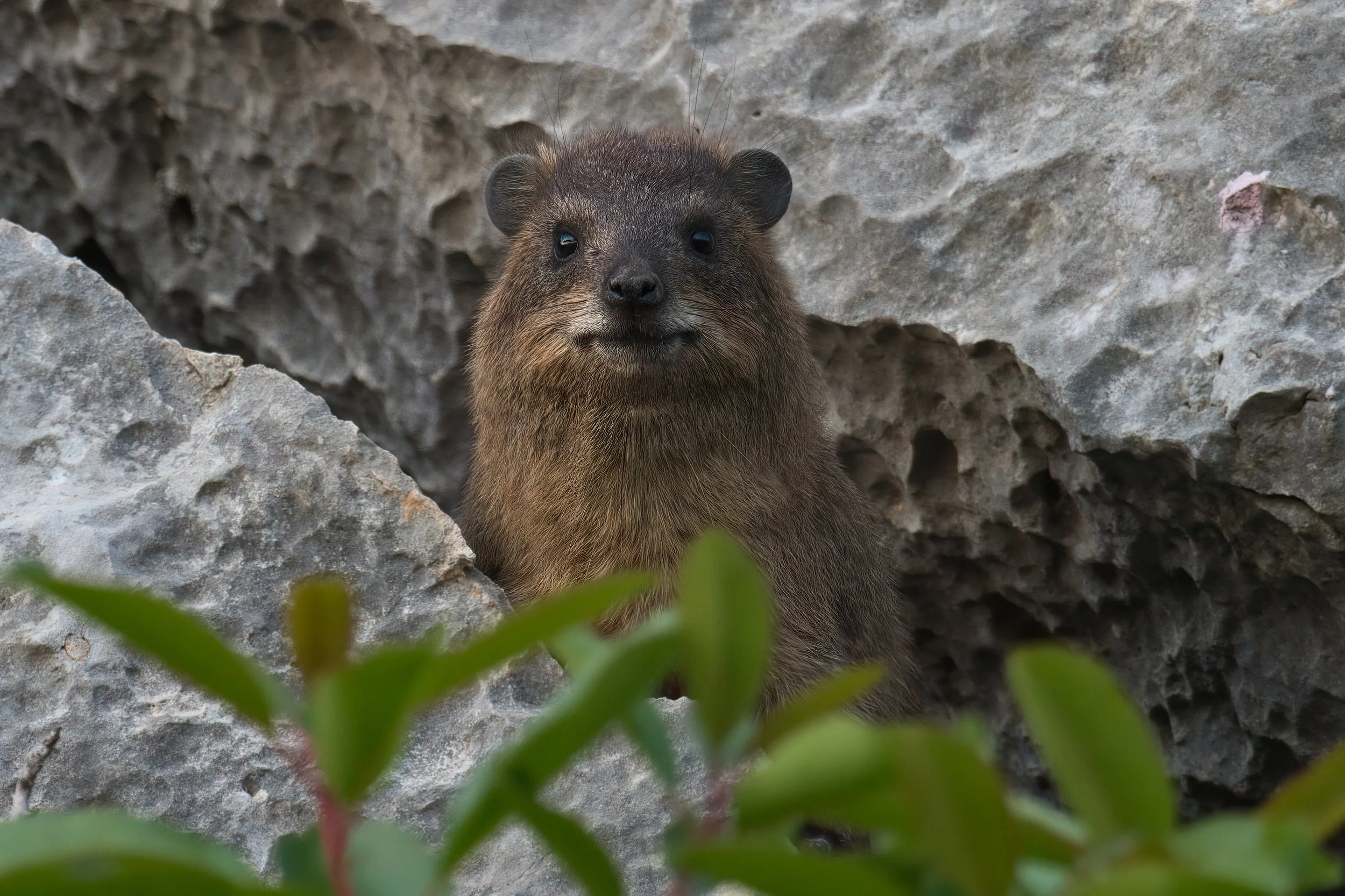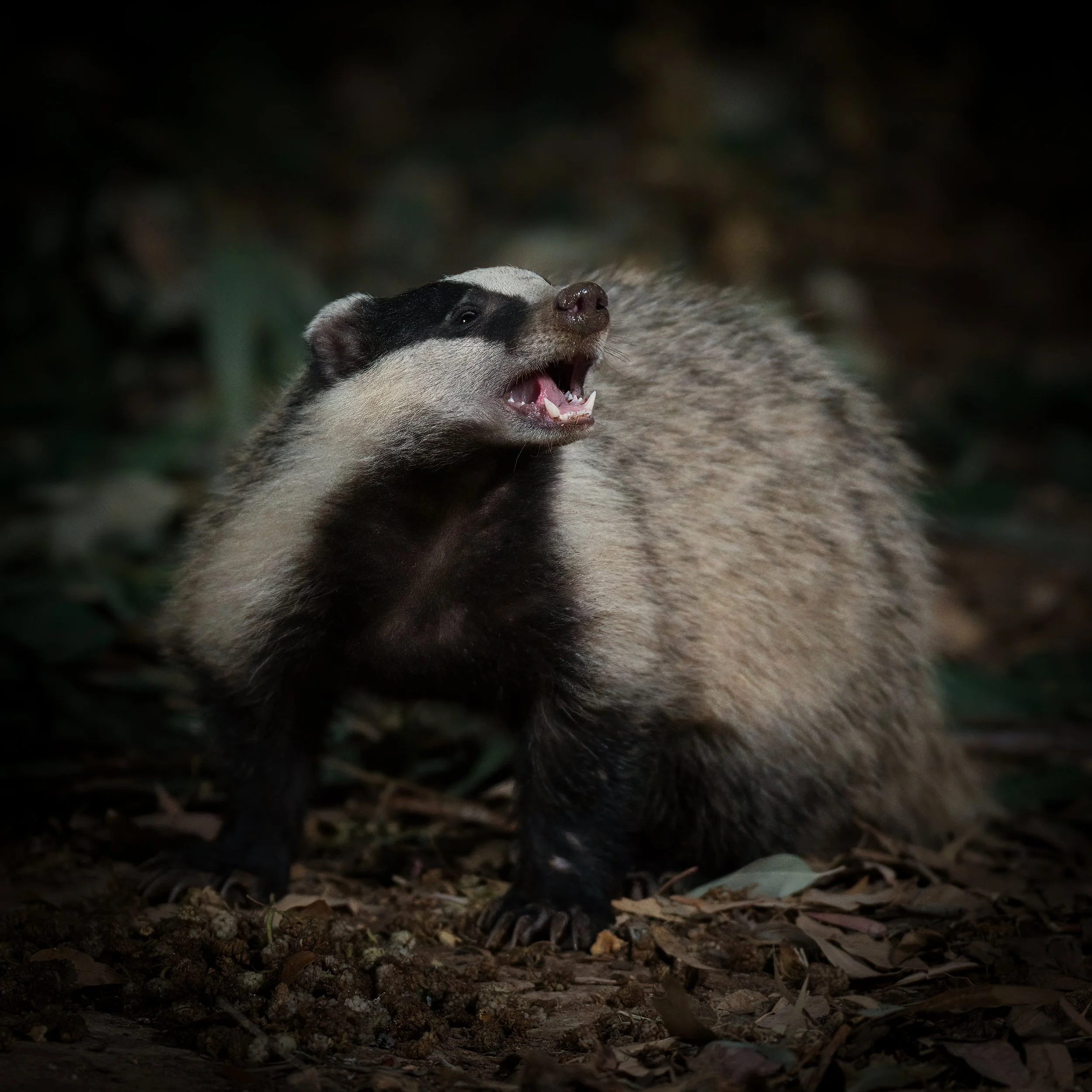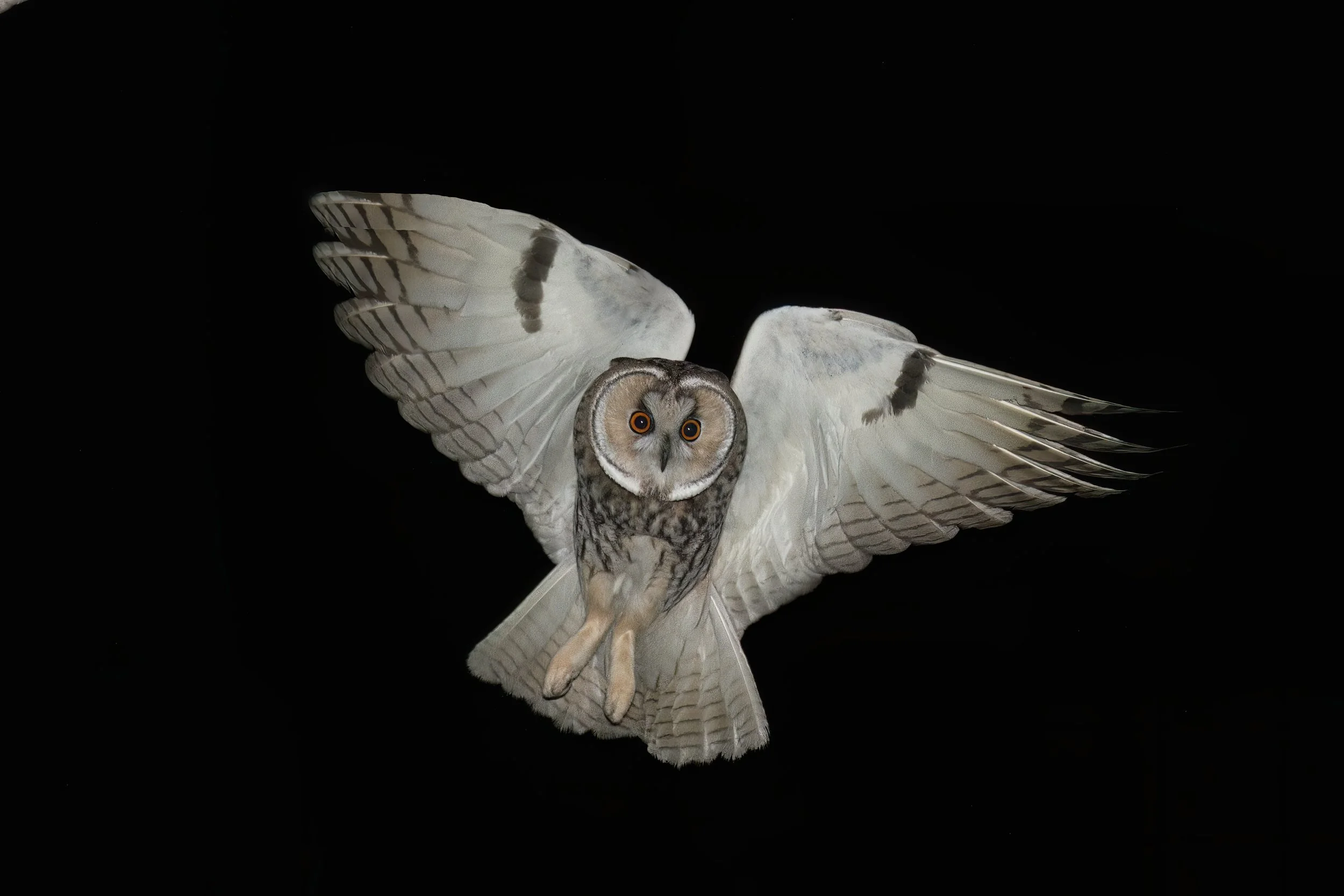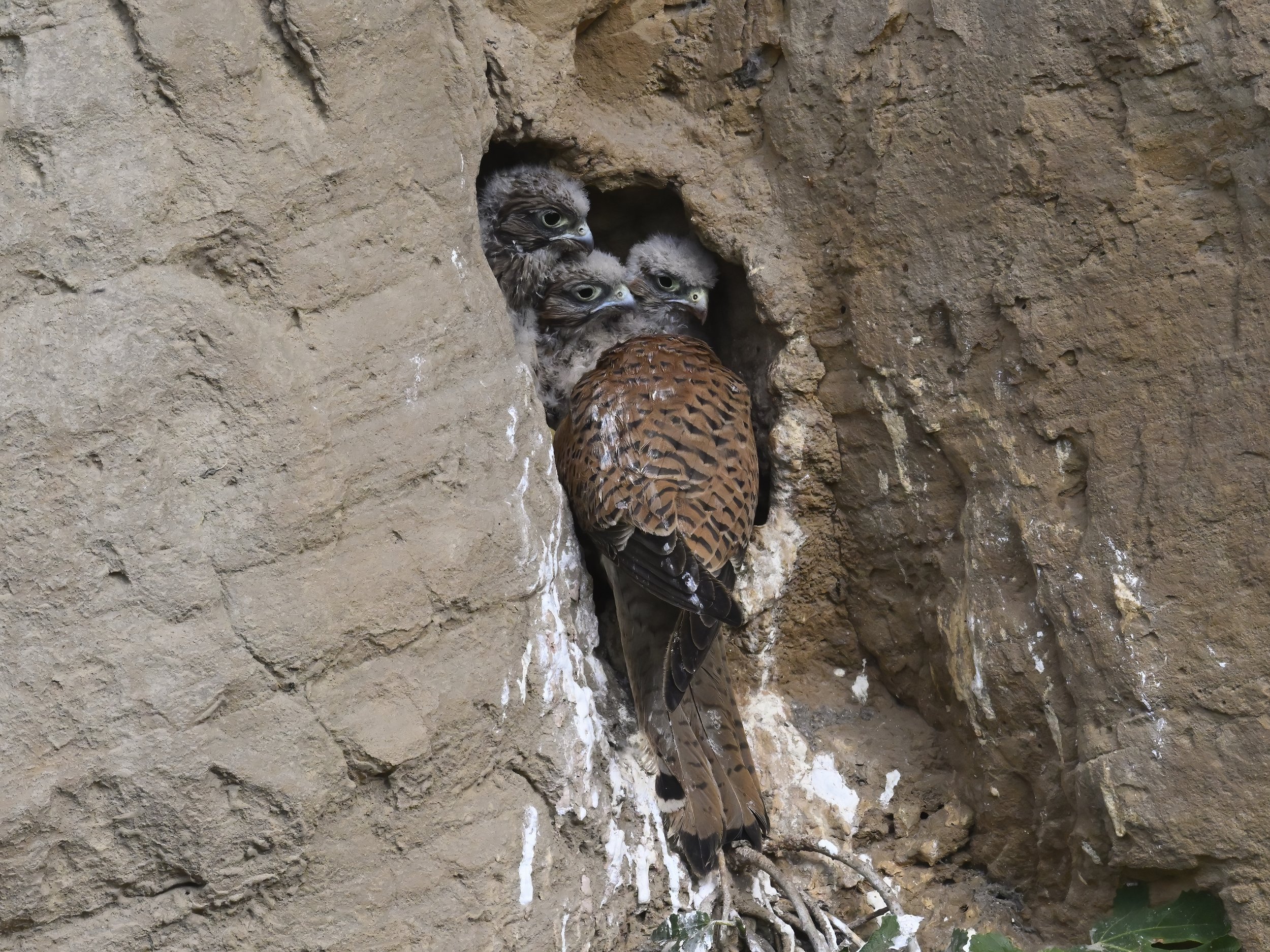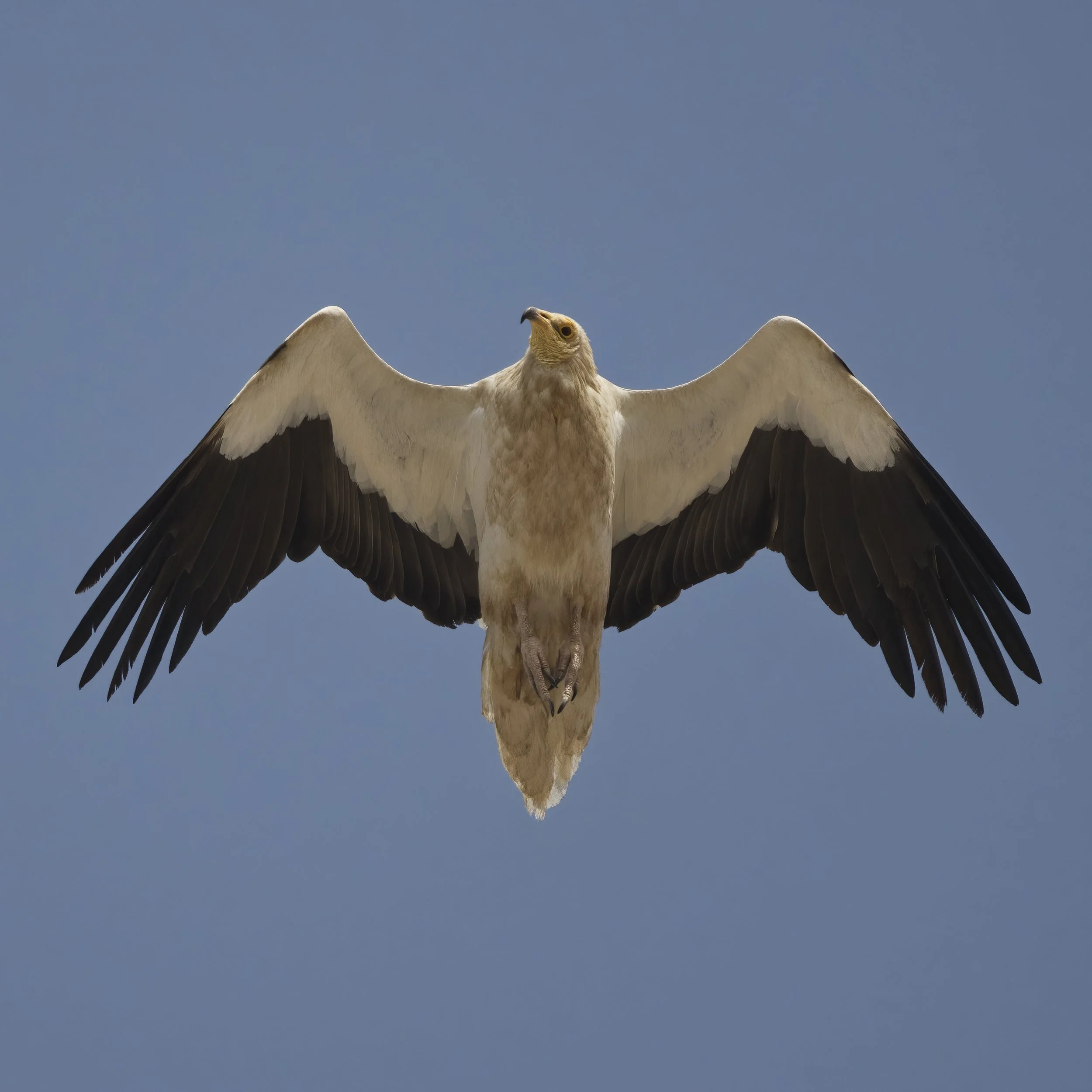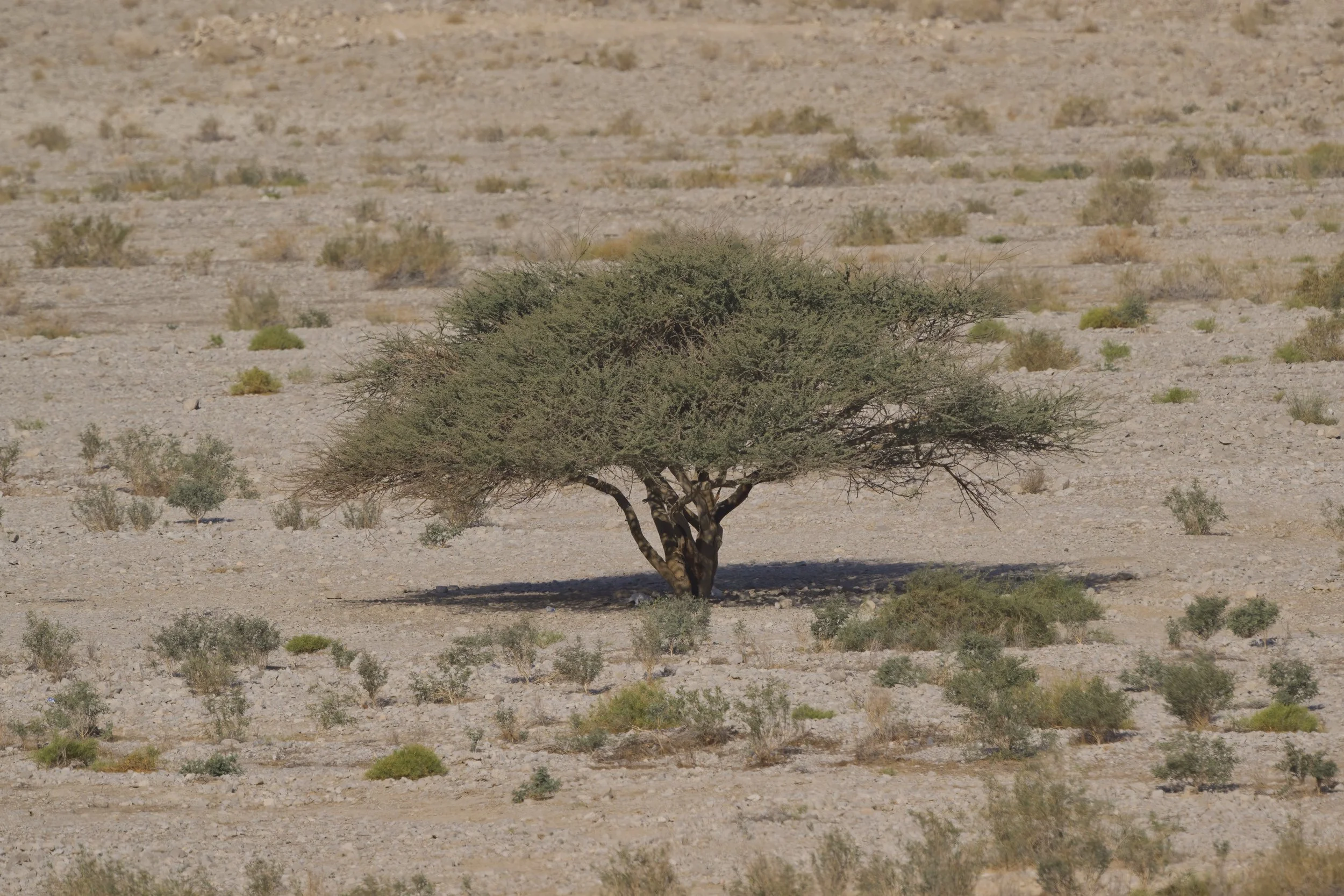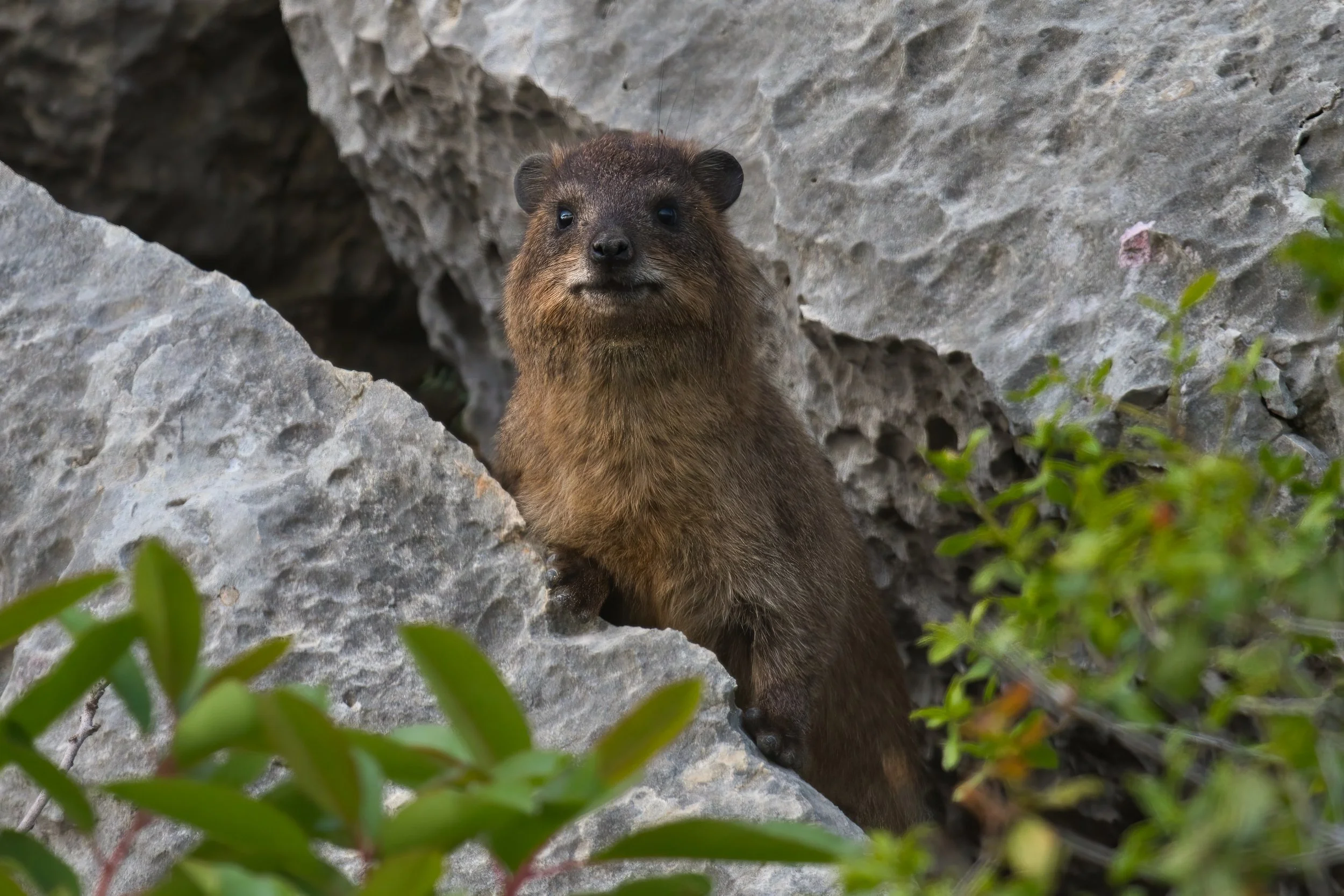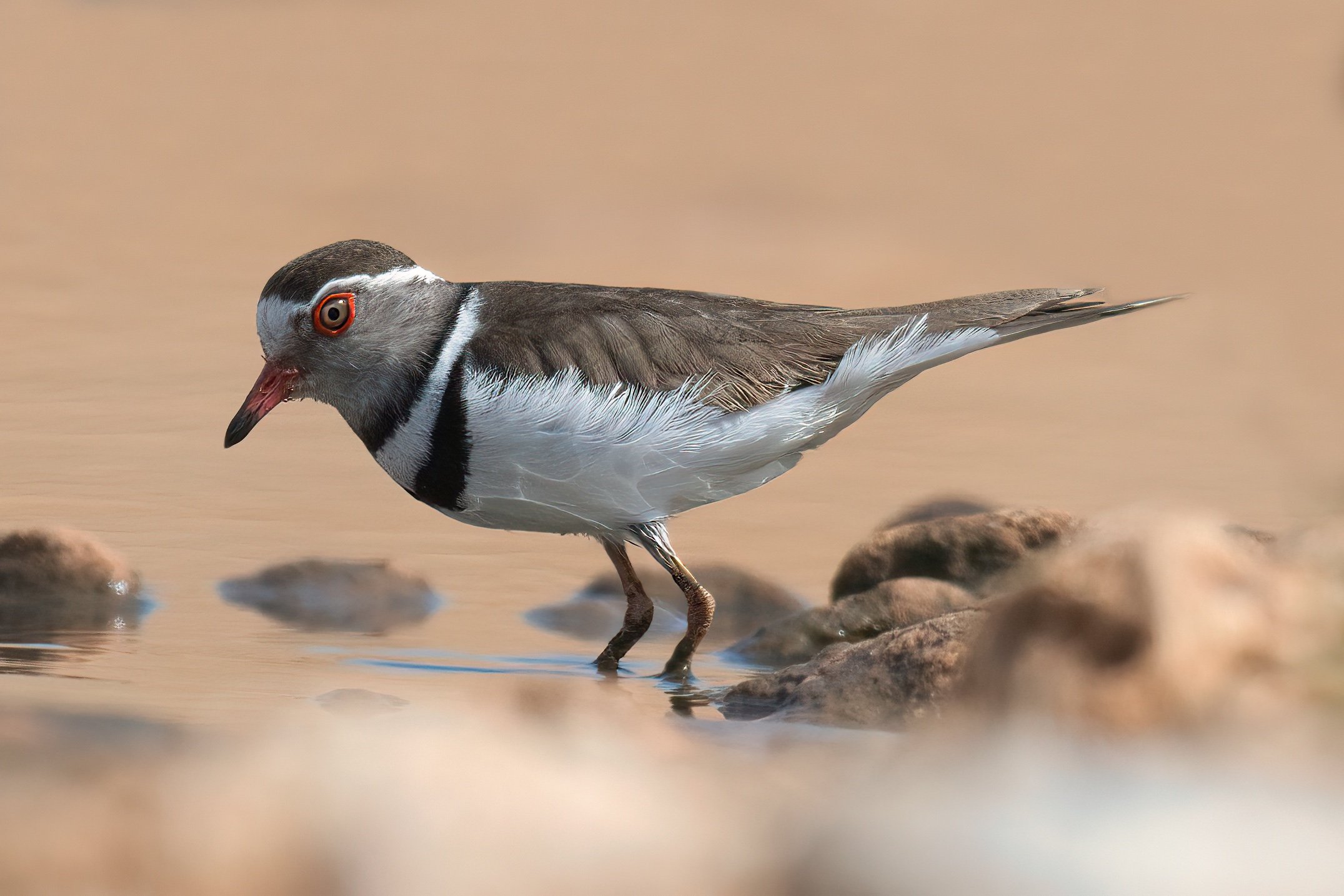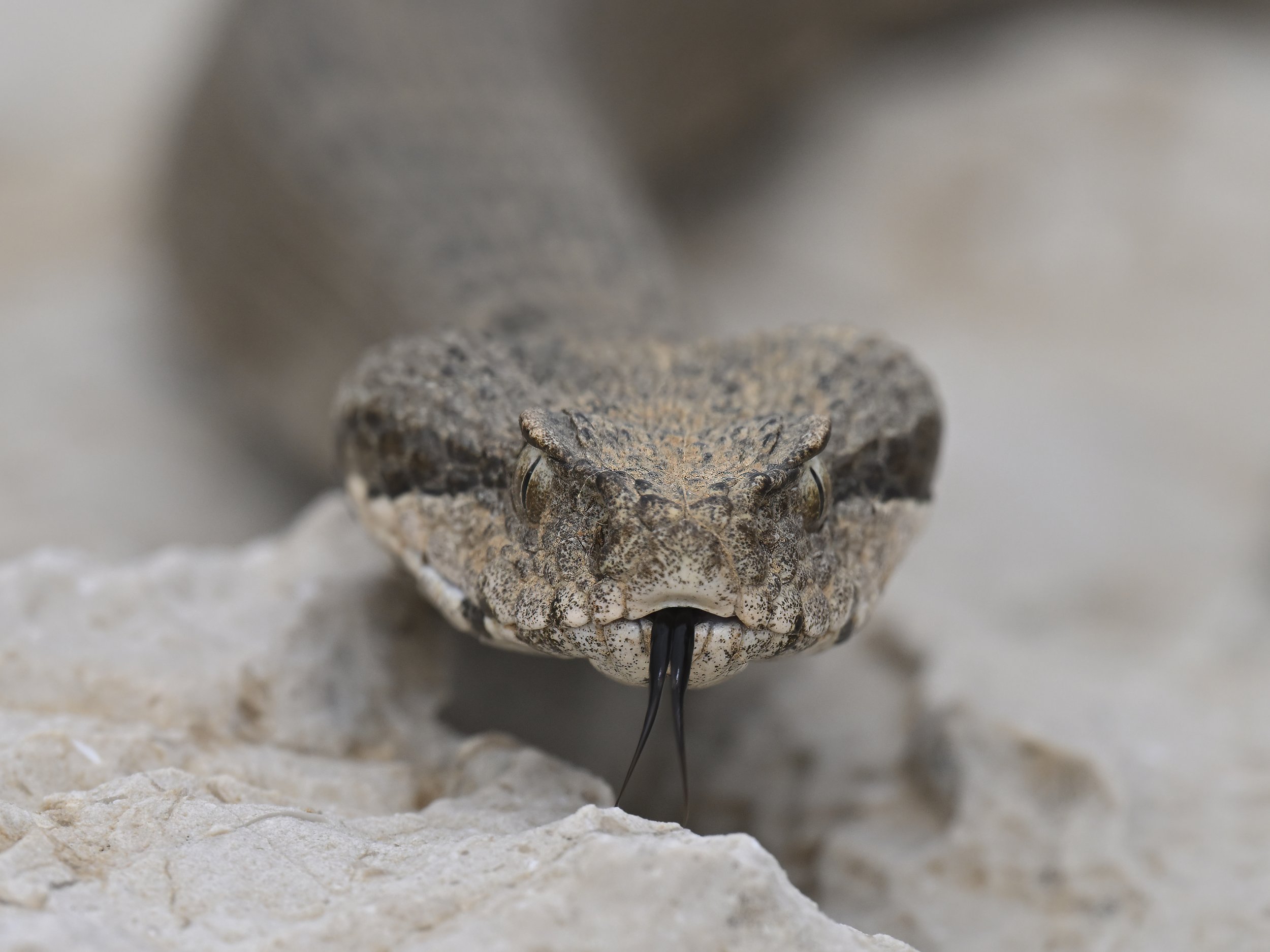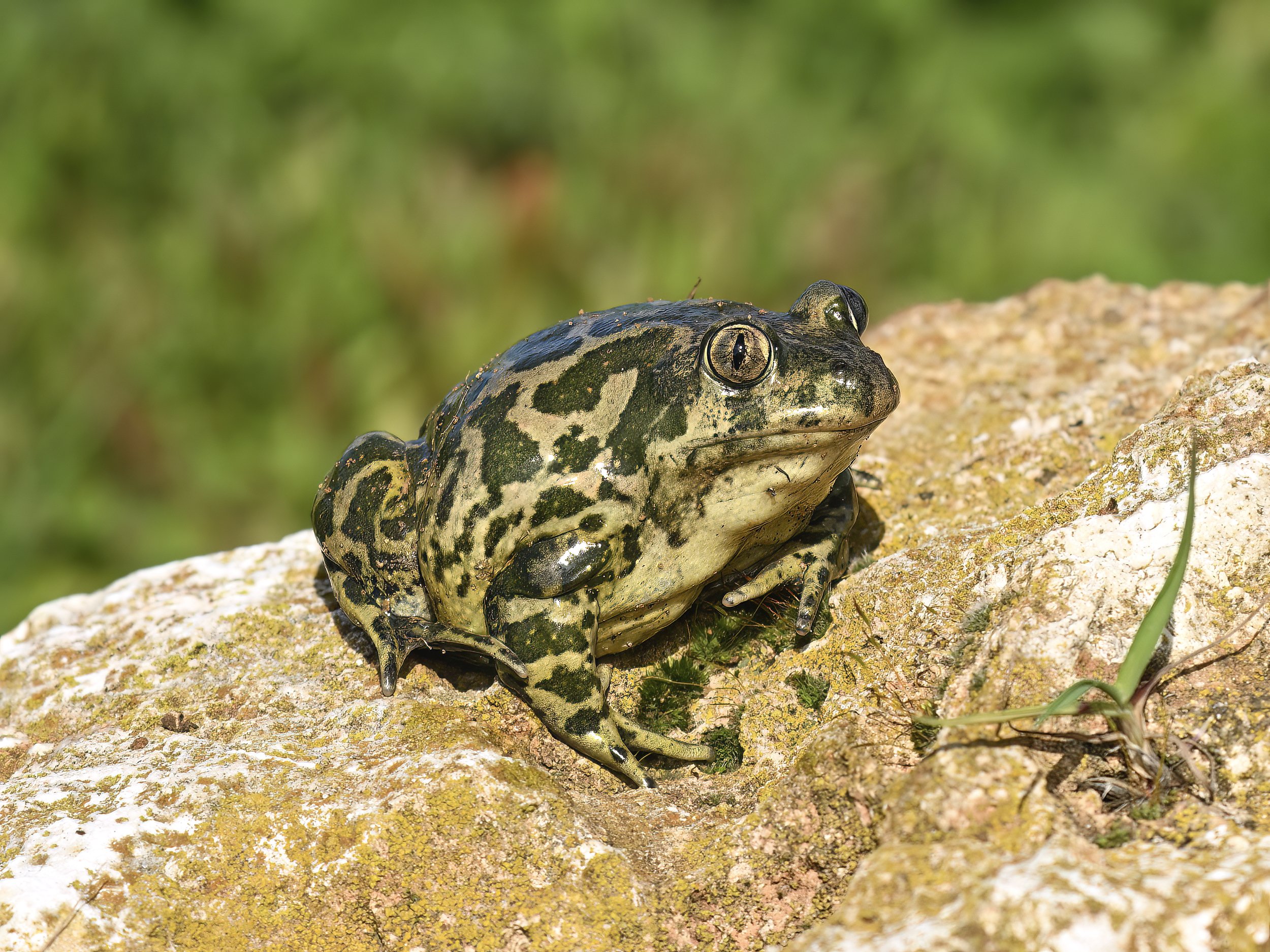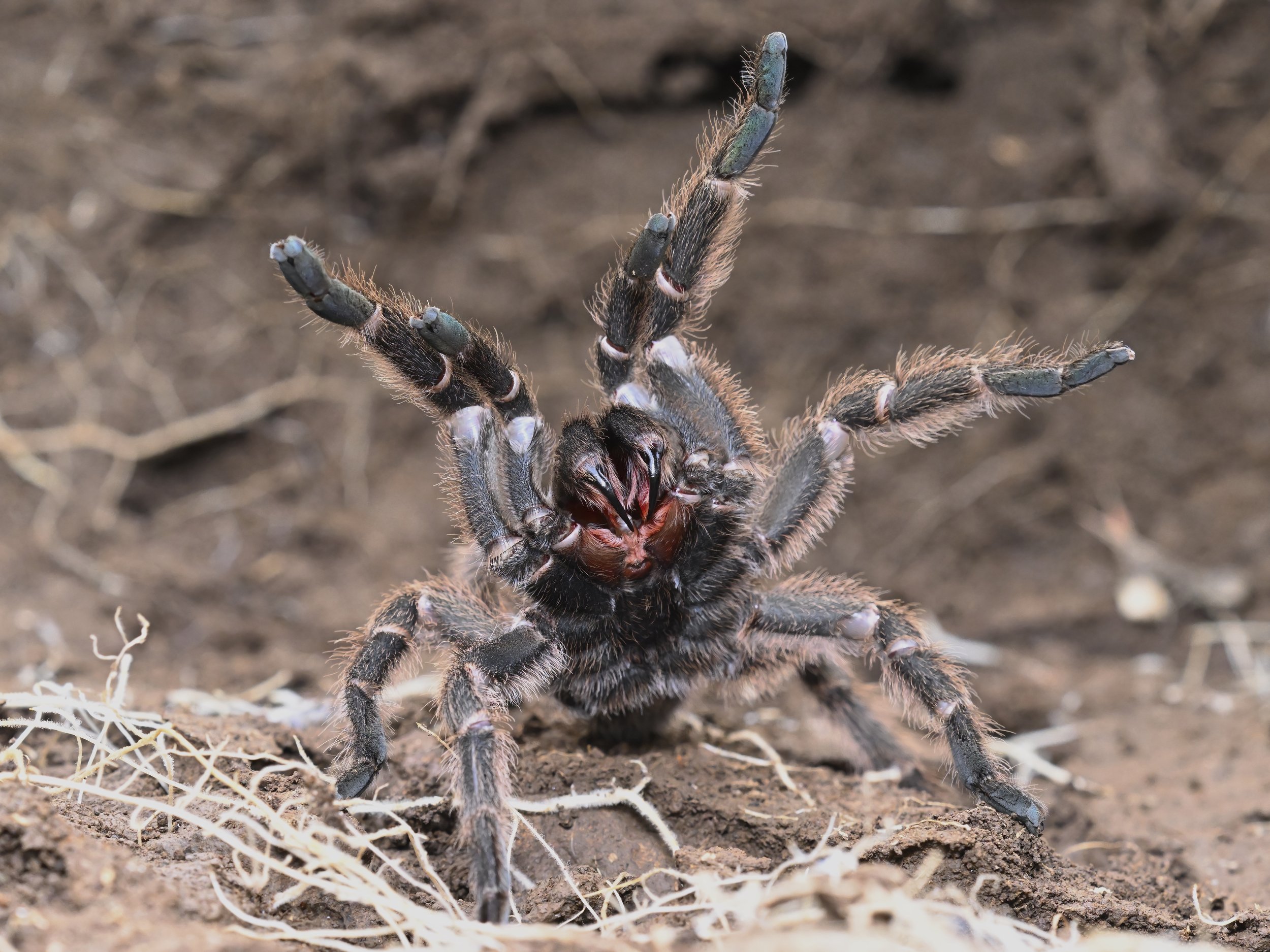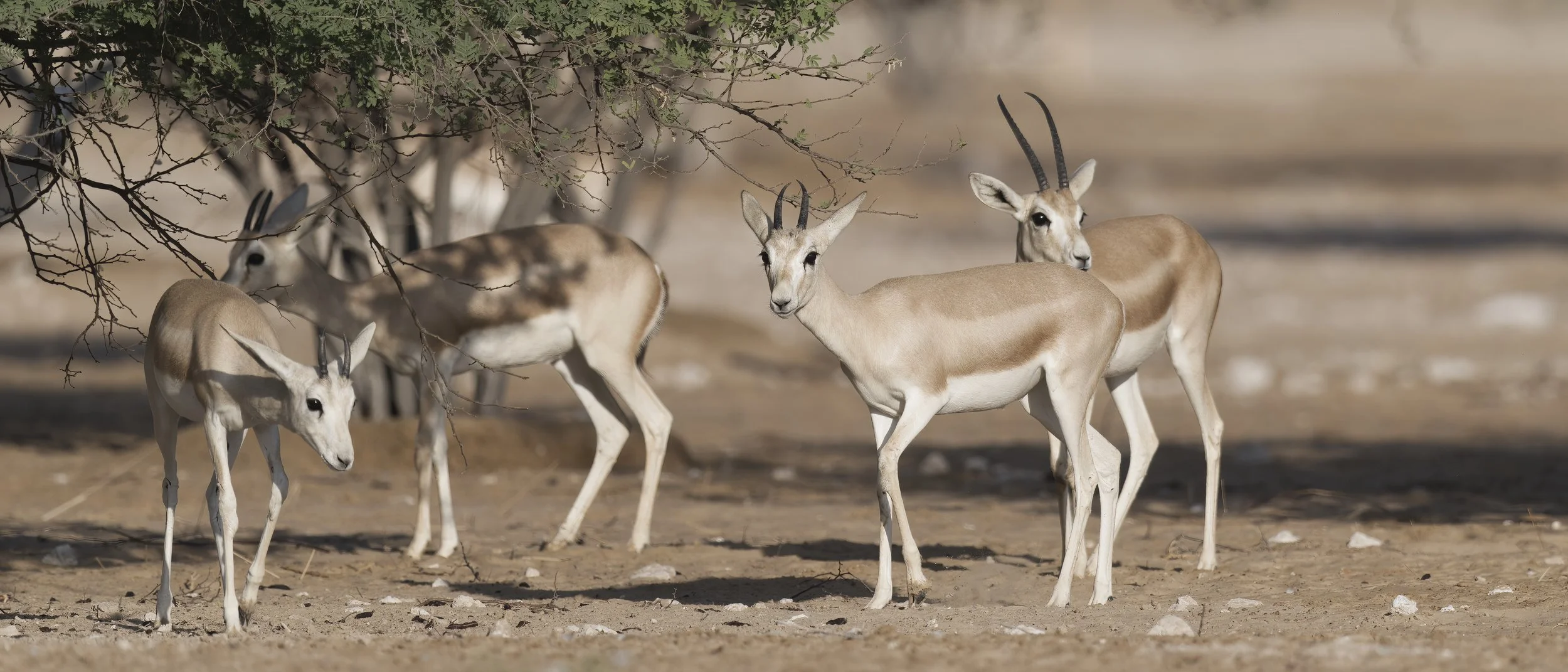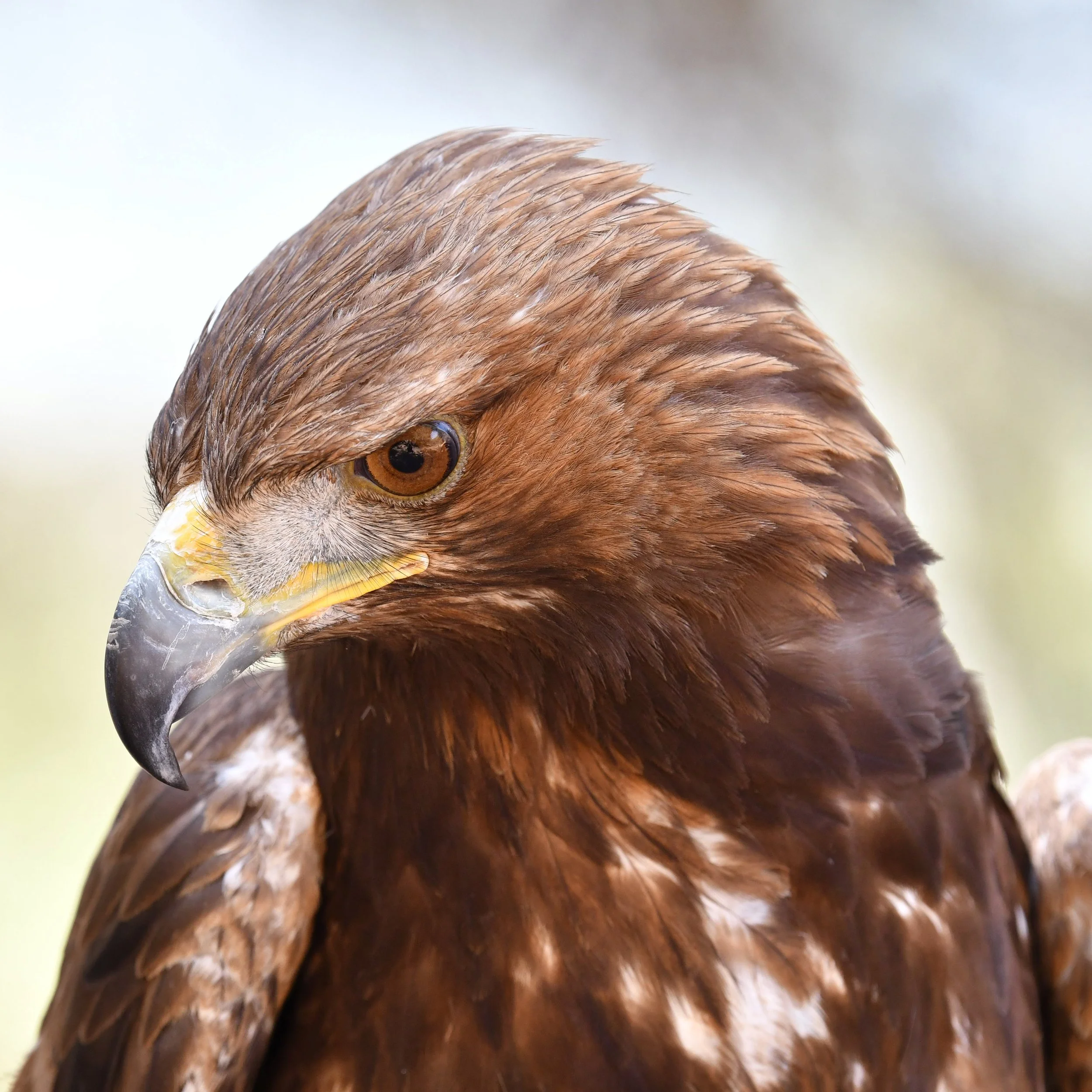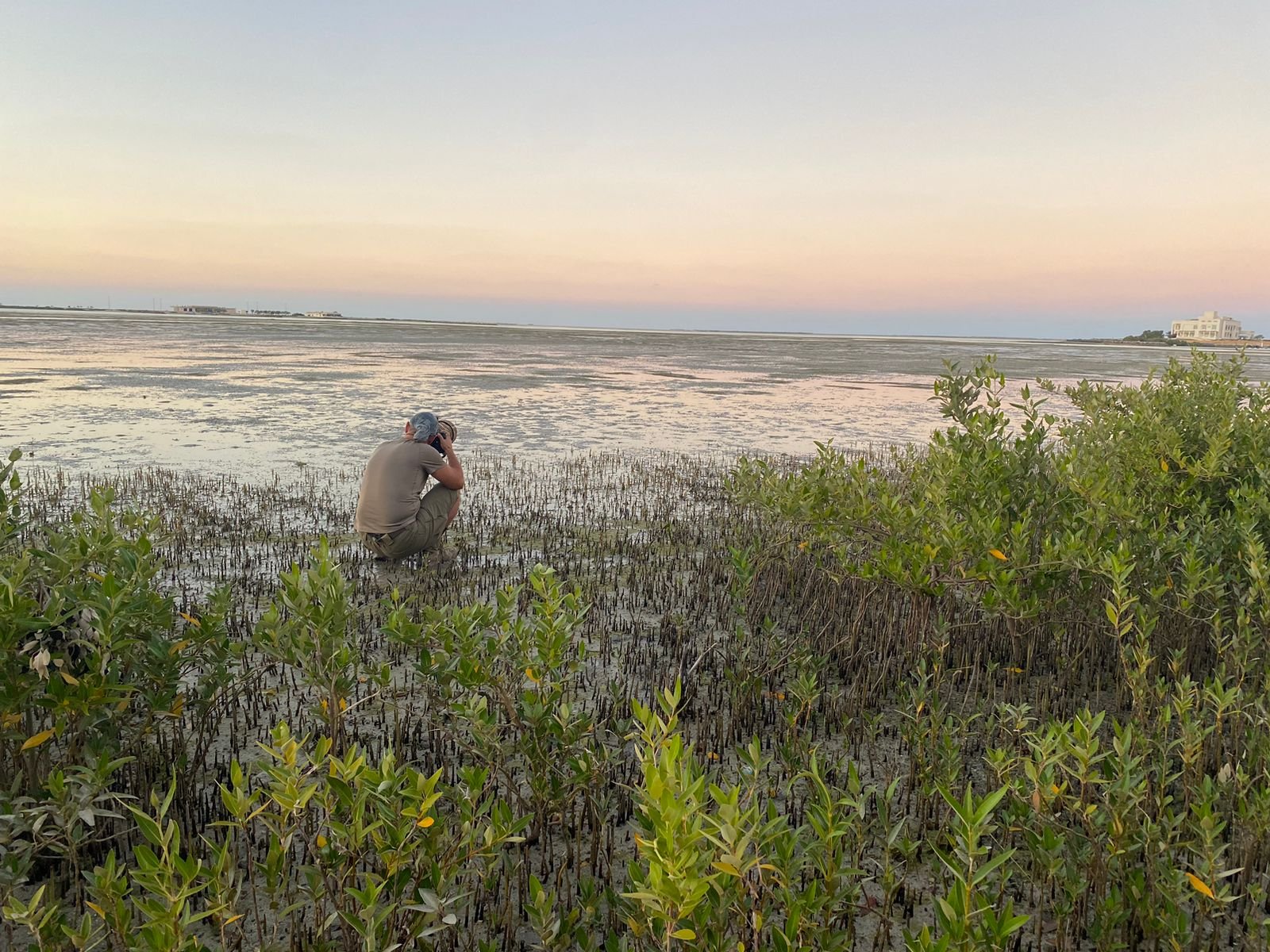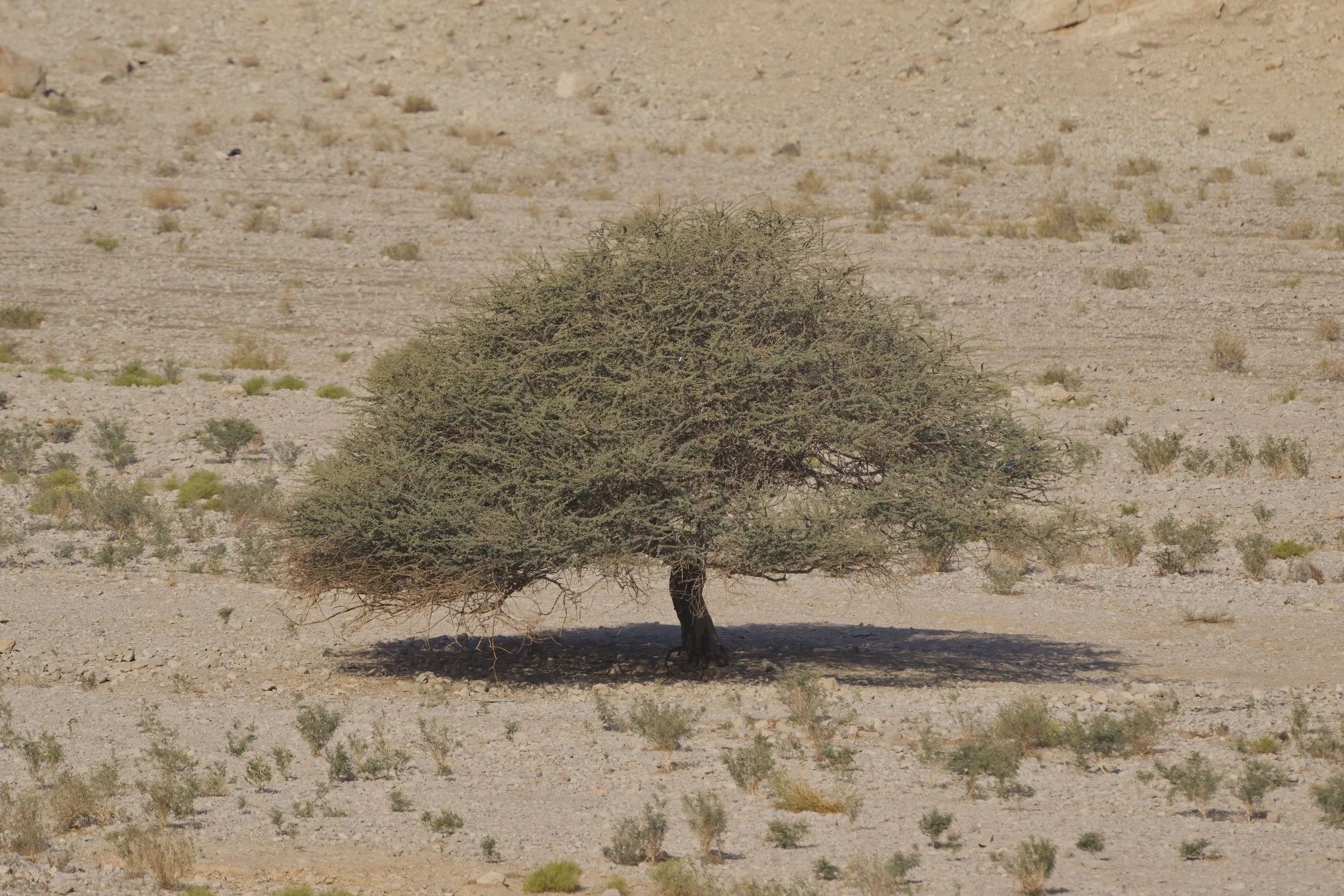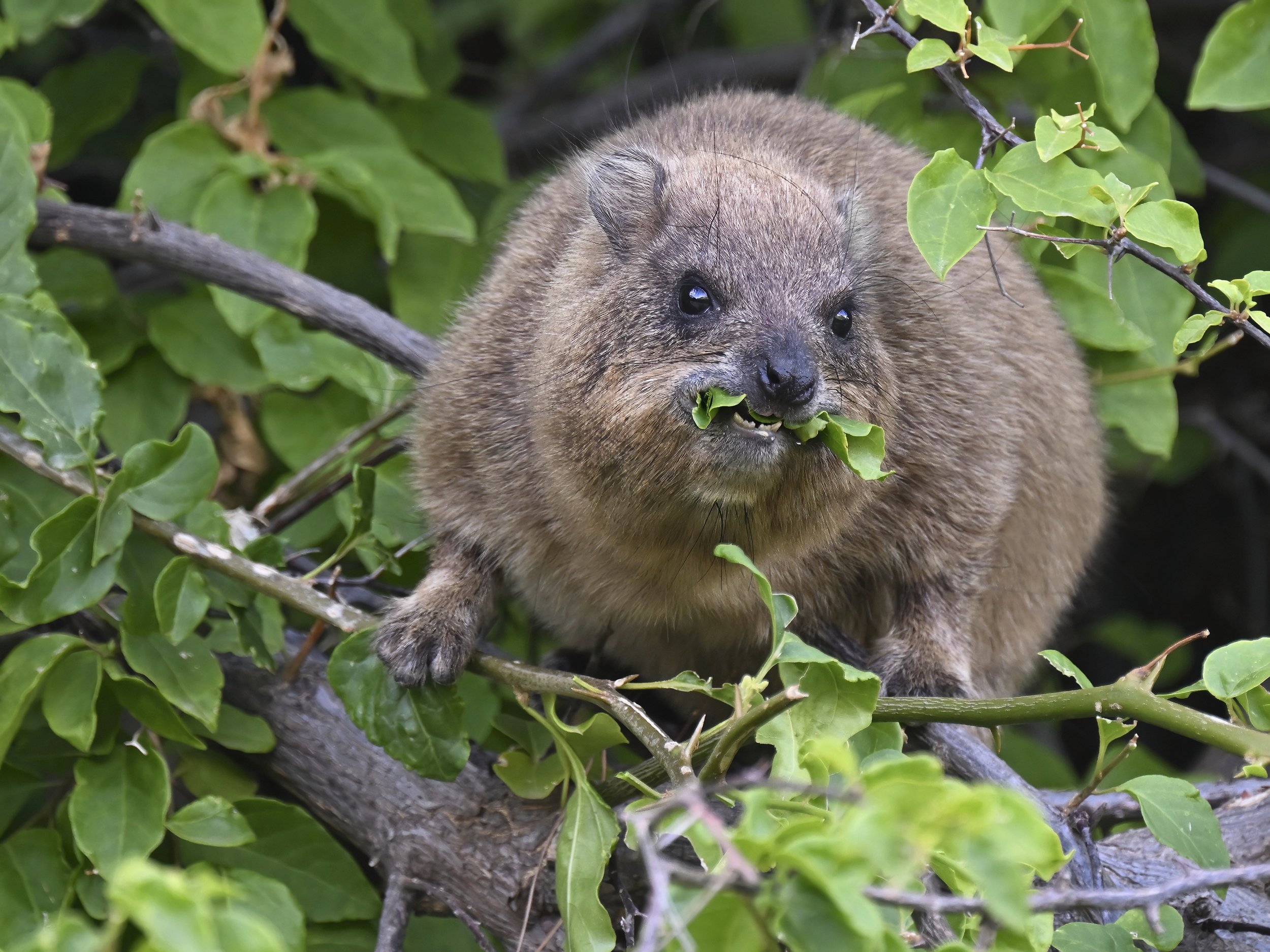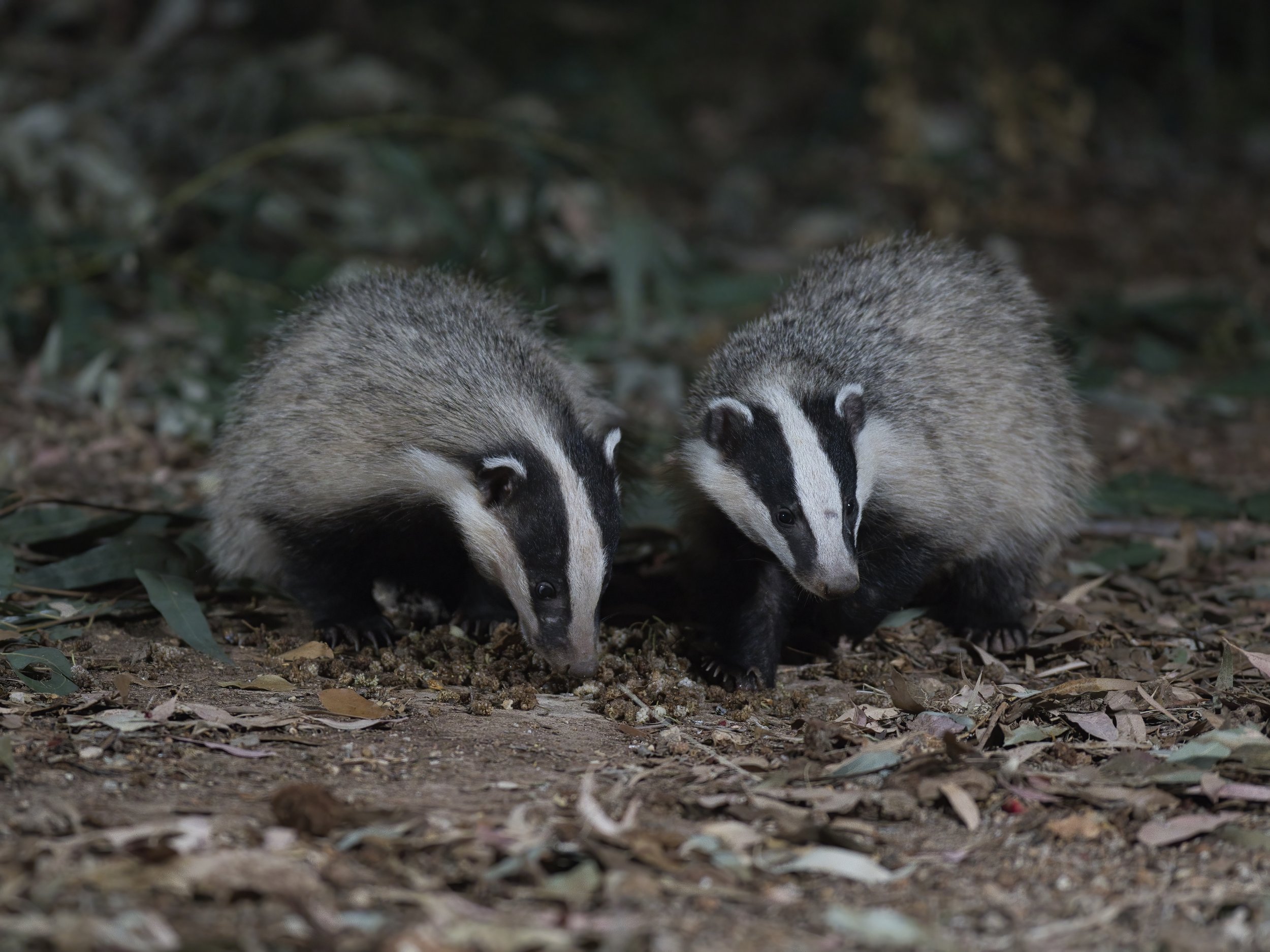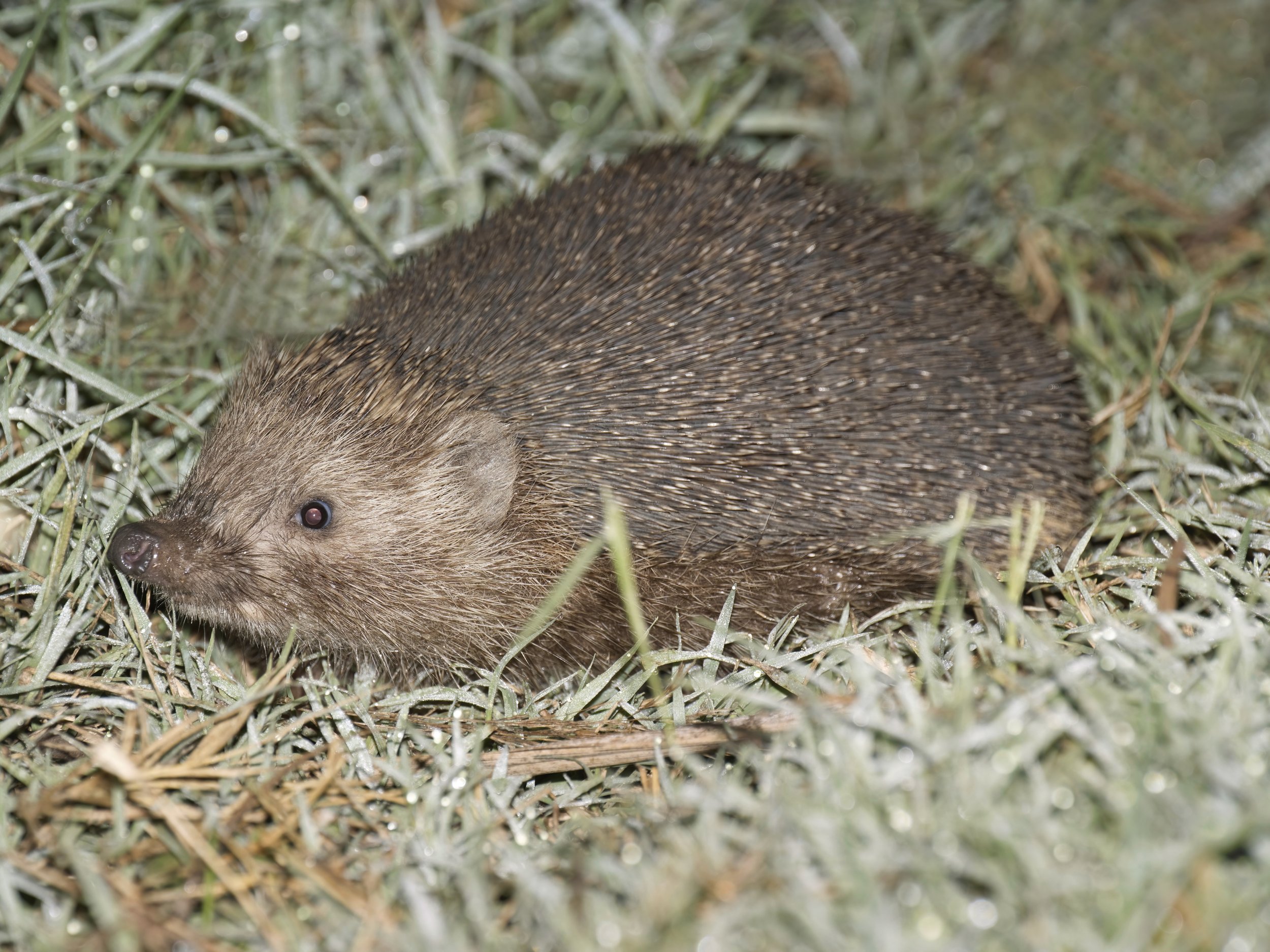In my few years of doing wildlife photography in Lebanon, I have been fortunate to witness and have rare encounters with several mammals in the Lebanese wilderness.
Mammals of Lebanon
Stone Marten / النمس (Martes fouina)
The Stone Marten, scientifically known as Martes foina, is a slender-bodied carnivorous mammal native to Europe and parts of Asia and North Africa. Typically measuring between 40 to 55 centimeters in length, excluding its bushy tail that can add an additional 25 to 30 centimeters, this agile creature weighs between 1 to 2 kilograms. It is characterized by its glossy brown fur with a distinctive cream-colored throat patch. Stone Martens are skilled climbers and primarily nocturnal hunters, preying on small mammals, birds, insects, and fruits. Known for their adaptability to various habitats including forests, scrublands, and urban areas, they play a vital role in controlling pest populations and maintaining ecosystem balance.
Least Weasel / ابن عرس (Mustela nivalis)
The Least Weasel, scientifically known as Mustela nivalis , is the smallest carnivorous mammal in the Mustelidae family. Adults typically measure between 12 to 26 centimeters in length, with males being slightly larger than females. They weigh between 25 to 85 grams, making them exceptionally lightweight and agile predators. Sporting a slender body and short legs, they are adept hunters known for their voracious appetite, feeding primarily on small rodents such as mice and voles. Their fur ranges from brown to reddish-brown in summer, turning white in winter to blend with snowy environments, aiding in camouflage. Found across Europe, Asia, and North America, Least Weasels thrive in diverse habitats from forests to grasslands, showcasing remarkable adaptability in their pursuit of prey.
Persian Squirrel / السنجاب (Sciurus anomalus)
The Persian Squirrel, scientifically known as Sciurus anomalus, is a medium-sized tree squirrel native to the Middle East, particularly Iran and surrounding regions. Adults typically measure between 20 to 25 centimeters in length, excluding their bushy tail which can add an additional 15 to 20 centimeters. They weigh approximately 200 to 300 grams. The Persian Squirrel is characterized by its striking appearance, featuring a reddish-brown to grayish fur with a distinctive white underside. Their large, bushy tails aid in balance and communication, often used as a signaling mechanism. These arboreal mammals are known for their agility in climbing trees and are primarily herbivorous, feeding on nuts, seeds, fruits, and occasionally insects. They play an essential role in forest ecosystems, contributing to seed dispersal and influencing vegetation dynamics in their habitats.
Nubian Ibex / الوعل النوبي (Capra nubiana)
The Nubian Ibex (Capra nubiana), is a rugged and agile mountain goat species native to rocky terrains of the Middle East and North Africa. Adult males typically stand about 65 to 75 centimeters at the shoulder and can weigh between 50 to 80 kilograms, while females are slightly smaller. They are distinguished by their impressive curved horns, which can reach up to 1 meter in length, curving backwards and slightly outwards. Their fur is typically a sandy brown color, blending well with their arid mountainous habitats. Once native to Lebanon, the Nubian Ibex faced severe population declines due to hunting and habitat loss. In recent years, conservation efforts have been underway to reintroduce the species to Lebanese wildlife, aiming to restore their presence and ecological role in the region's mountain ecosystems. These efforts include habitat protection, captive breeding, and carefully managed reintroduction programs, marking a hopeful step towards the conservation of Lebanon's natural heritage.
Red Fox / الثعلب (Vulpes vulpes)
The Red Fox, scientifically known as Vulpes vulpes, is a widely distributed carnivorous mammal found across North America, Europe, Asia, and parts of North Africa. Adults typically measure between 45 to 90 centimeters in body length, with their bushy tails adding an additional 30 to 55 centimeters. They weigh between 3 to 7 kilograms, with males generally larger than females. Red Foxes are known for their reddish-orange fur, although their coloration can vary from pale yellow to black, depending on their habitat and region. They have distinctive white markings on their chin, throat, and belly. These adaptable animals thrive in diverse habitats including forests, grasslands, urban areas, and even deserts. They are opportunistic hunters and scavengers, feeding on small mammals, birds, insects, fruits, and occasionally carrion. Red Foxes play an important ecological role as predators and are also valued in folklore and cultural traditions across many societies.
Rock Hyrax / الطبسون (Procavia capensis)
The Rock Hyrax (Procavia capensis), is a small mammal found in rocky habitats across Africa and the Middle East. Adults typically measure between 40 to 50 centimeters in length and stand about 20 to 30 centimeters tall at the shoulder. They weigh between 2 to 4 kilograms, with males generally larger than females. Rock Hyraxes have a stocky build with a rounded body and short legs, adapted for climbing and maneuvering rocky terrain. They are covered in dense fur, which varies in color from grayish-brown to yellowish-brown, helping them blend into their rocky surroundings. Their feet have rubbery pads and hoof-like nails, aiding in grip and balance on steep surfaces. Known for their social behavior, Rock Hyraxes live in colonies led by dominant males, feeding primarily on vegetation such as leaves, fruits, and grasses. Despite their rodent-like appearance, they are more closely related to elephants and manatees, belonging to the order Hyracoidea.
Golden Jackal / ابن آوى (Canis aureus syriacus)
The Golden Jackal (Canis aureus syriacus), is a medium-sized carnivorous mammal native to parts of Asia and the Middle East, including regions of Lebanon. Adult Golden Jackals typically measure between 70 to 85 centimeters in length, with their shoulder height ranging from 40 to 50 centimeters. They weigh approximately 7 to 14 kilograms, with males generally larger than females. The Golden Jackal is characterized by its sandy to golden-colored fur, which provides effective camouflage in its varied habitats, from forests and grasslands to urban areas. They have a bushy tail and pointed ears, resembling a smaller version of their close relative, the grey wolf. Golden Jackals are opportunistic feeders, consuming a diverse diet of small mammals, birds, insects, fruits, and carrion. They play an important ecological role as scavengers and predators, helping regulate prey populations. Despite facing habitat loss and human persecution, efforts are being made to conserve and manage Golden Jackal populations across their range.
European Badger / الغرير (Meles meles)
The European Badger, (Meles meles), is a robust mammal native to Europe and parts of Asia. Adults typically measure between 60 to 90 centimeters in length, with their tails adding an additional 12 to 20 centimeters. They weigh between 10 to 15 kilograms, with males being slightly larger than females. European Badgers are characterized by their distinctive black and white facial markings, including stripes running from their nose to their ears. They have stocky bodies, short legs, and strong claws adapted for digging burrows, where they live in social groups called clans. These nocturnal omnivores primarily feed on earthworms, insects, small mammals, fruits, and roots. European Badgers play a crucial role in their ecosystems by aerating soils through their digging activities and contributing to nutrient cycling. Despite facing threats such as habitat loss and persecution, they are protected in many countries and efforts are underway to conserve their populations and habitats.
Southern White-breasted Hedgehog
القنفذ (Erinaceus concolor)
The Southern White-breasted Hedgehog is a small, nocturnal mammal commonly found in the Middle East, including Lebanon. Distinguished by the white patch on its chest, this hedgehog species has a dense coat of spines covering its back, providing protection from predators. These spines are actually modified hairs made of keratin. The Southern White-breasted Hedgehog is primarily insectivorous, feeding on insects, worms, and other small invertebrates, but it also consumes fruits and vegetables. It inhabits a variety of environments, from woodlands and grasslands to gardens and urban areas. These hedgehogs are known for their distinctive behavior of rolling into a tight ball when threatened, presenting their spines outward to deter predators. They hibernate during the colder months, emerging in spring to forage and breed. The presence of these hedgehogs is beneficial as they help control insect populations, making them a valuable component of the local ecosystem.
Want to see more?
-
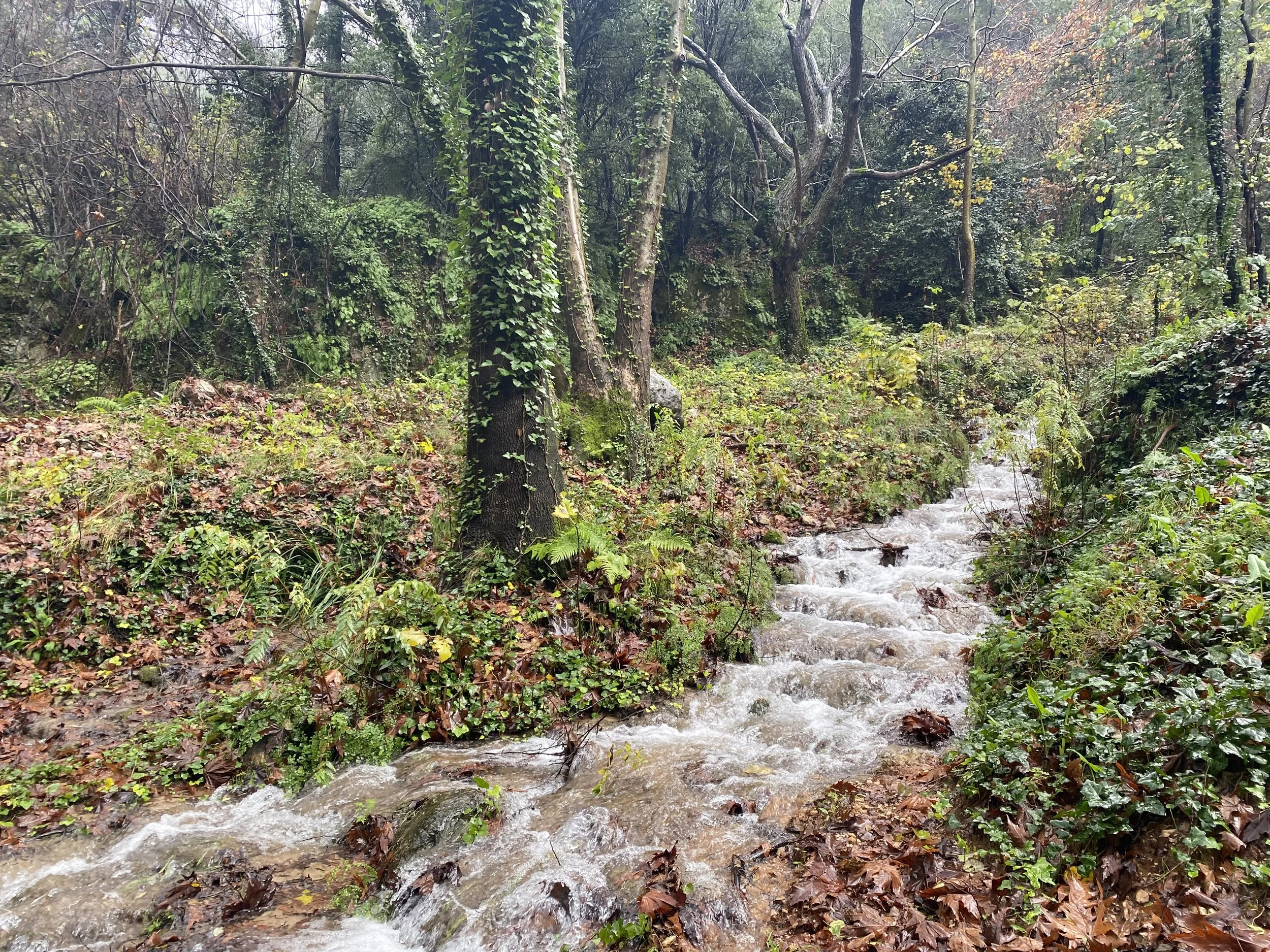
Herping
-

Forest
-
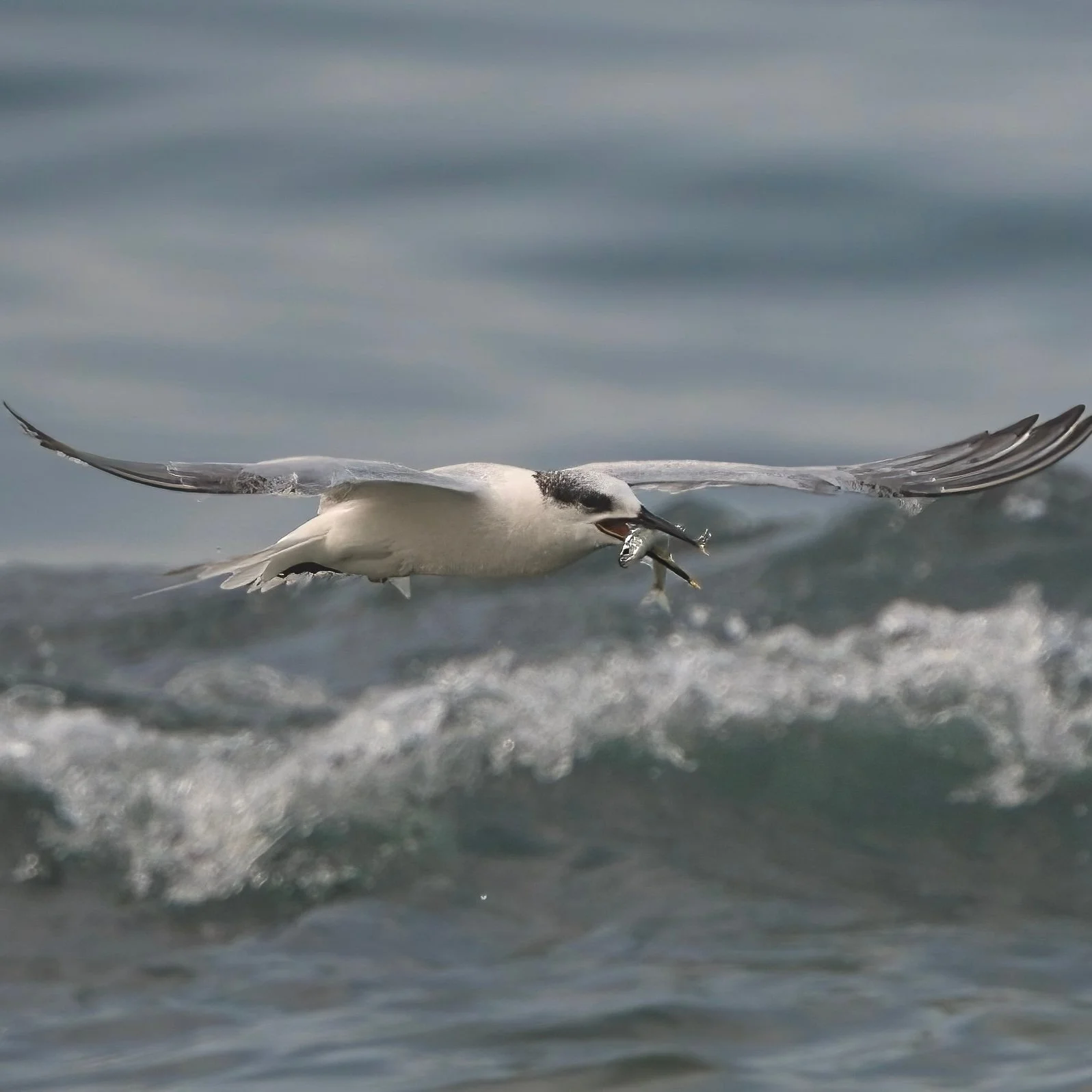
Sea
-

Wetland


